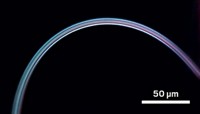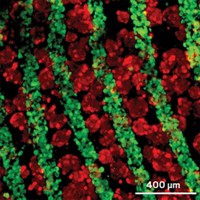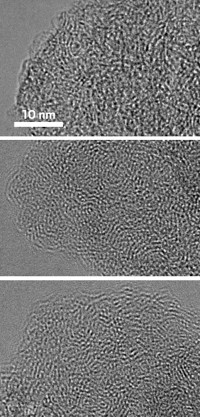Advertisement
Grab your lab coat. Let's get started
Welcome!
Welcome!
Create an account below to get 6 C&EN articles per month, receive newsletters and more - all free.
It seems this is your first time logging in online. Please enter the following information to continue.
As an ACS member you automatically get access to this site. All we need is few more details to create your reading experience.
Not you? Sign in with a different account.
Not you? Sign in with a different account.
ERROR 1
ERROR 1
ERROR 2
ERROR 2
ERROR 2
ERROR 2
ERROR 2
Password and Confirm password must match.
If you have an ACS member number, please enter it here so we can link this account to your membership. (optional)
ERROR 2
ACS values your privacy. By submitting your information, you are gaining access to C&EN and subscribing to our weekly newsletter. We use the information you provide to make your reading experience better, and we will never sell your data to third party members.
Synthesis
Nanotubes Imaged In Fruit Fly Larvae
October 1, 2007
| A version of this story appeared in
Volume 85, Issue 40
Using near-infrared fluorescence imaging, scientists at Rice University have managed to sneak a peek at single-walled carbon nanotubes (SWNTs) inside the bodies of living fruit fly larvae (Nano Lett. 2007, 7, 2650). It's the first time anyone has observed carbon nanotubes inside a living creature, according to principal investigators Kathleen M. Beckingham and R. Bruce Weisman, who think the technique could be useful for diagnosing diseases. The Rice team first fed Drosophila melanogaster larvae a steady diet of water-solubilized SWNTs. The researchers then used a near-infrared microscope and special camera to image SWNTs without harming the larvae. Neither the adult flies' viability nor their growth was reduced by ingesting the tubes. They also found that a small fraction—approximately 10-8—of the ingested nanotubes were incorporated into the flies' organs, which suggests that SWNTs may have a negligible physiological impact on the insects.





Join the conversation
Contact the reporter
Submit a Letter to the Editor for publication
Engage with us on Twitter